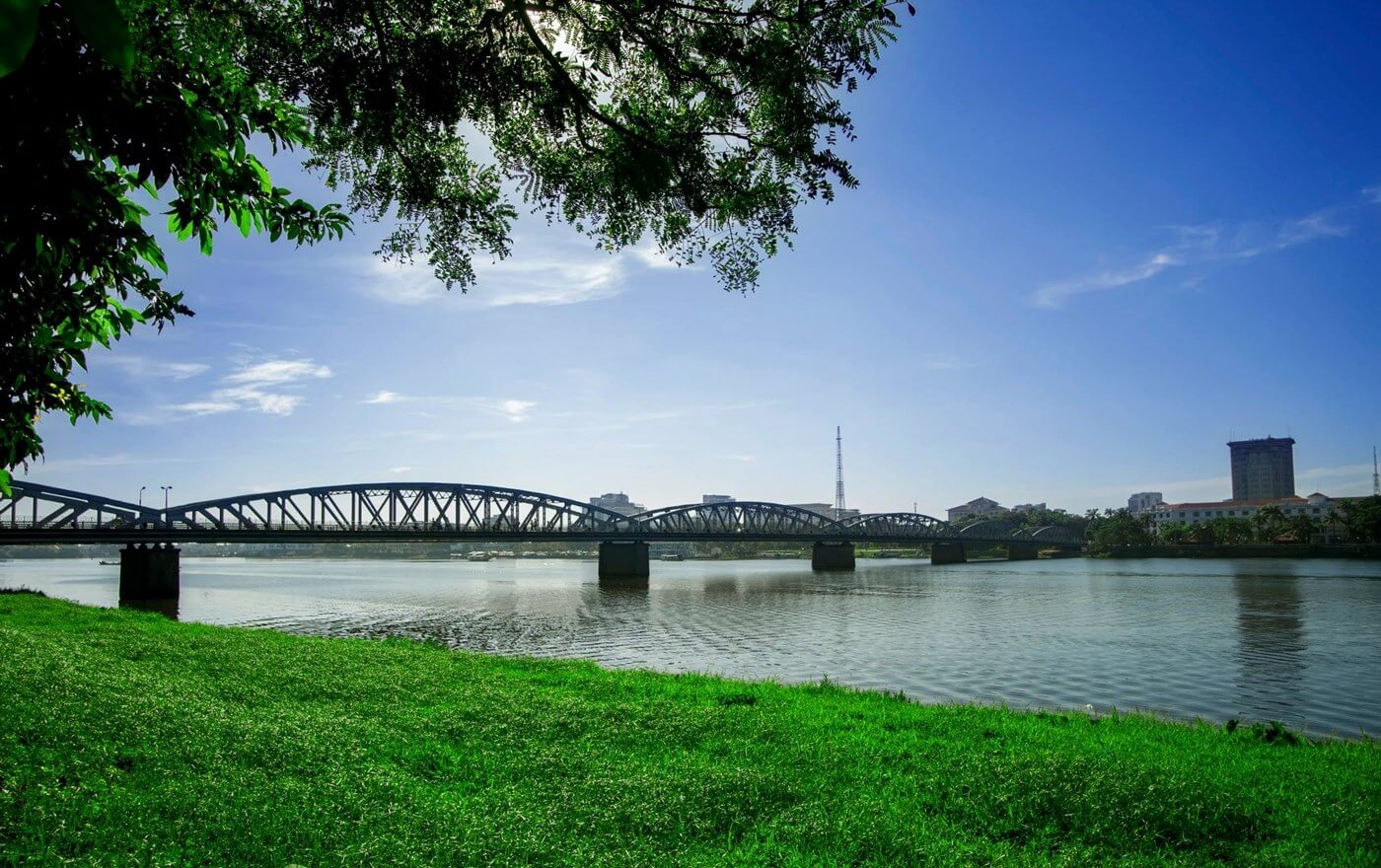
Located in the center land of Vietnam, Hue City is recognized as a World Henritage Site by UNESCO for its historic memorial. Hue has been mentioned many times in Vietnam’s music and poetry because it has picturesque sights. Hue’s climate is extremely separated to 2 season: dry and rainy season. From March to August, it’s dry season with the highest temperature is up to 39.9oC. It’s really hot these day. The rainy season is from August to January. It’s quite cool, but sometimes the temperature may drop to 8.8oC. Because in this season, it rains all day, even all week, some local areas are often in flood. Hue is famous for the architecture of ancient citadel, temples, pagodas, tombs and palaces. Some must-go destination must be: Minh Mang Tombs, Khai Dinh tombs, Hue citadel, Thien Mu pagoda… About nature, the tortuous Huong river (Perfume river) make the city more poetic. Come to Hue, visitors must notice royal music that is admitted as a Masterpiece of Intangible Henritage by UNESCO. Foods in Hue are diversity and unusual. Coming here, you will always be full because cuisines are not only delicious but cheap. Hue's people is hospitable, so you will be warmly treated always.